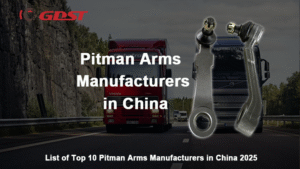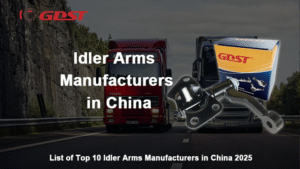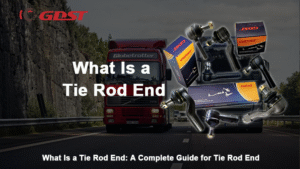In the realm of automotive engineering, where precision and reliability are paramount, certain components stand out for their critical role in vehicle dynamics. One such key player is the rack end – a vital automotive part that often operates behind the scenes but significantly influences steering performance. This article aims to demystify the world of rack ends, offering insights into their definition, strategic positioning within a vehicle’s steering system, functions, lifespan considerations, and unmistakable indicators of wear and tear. Join us as we navigate through the intricacies of rack ends, unraveling their significance in the automotive landscape.
What is A Rack End?
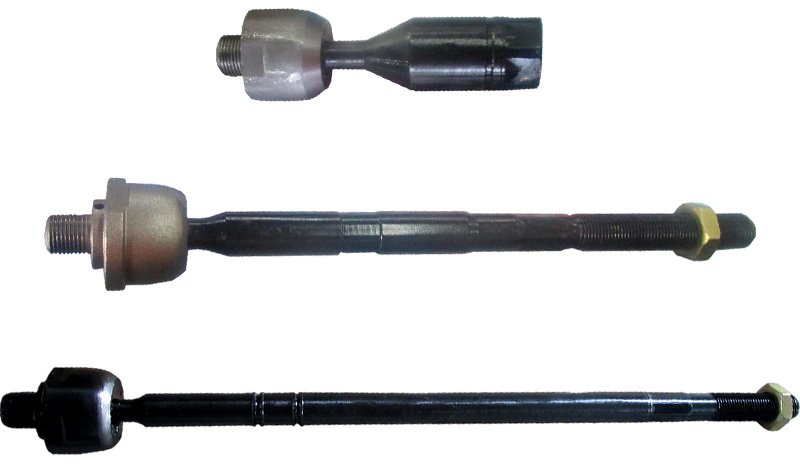
A “rack end,” sometimes called the “inner tie rod end,” is a crucial part of a car’s steering system. Think of it as a key player in making your car go where you want it to. It’s part of something called the rack and pinion steering system, which is like the behind-the-scenes magic that turns the turning of your steering wheel into the actual movement of your car.
So, when you turn your steering wheel, the rack end helps translate that twist into a straight-line motion that guides your car in the right direction. It’s an essential piece in the puzzle of how cars steer, ensuring that your driving experience is smooth and you can easily navigate the roads.
Where Is A Rack End Located?
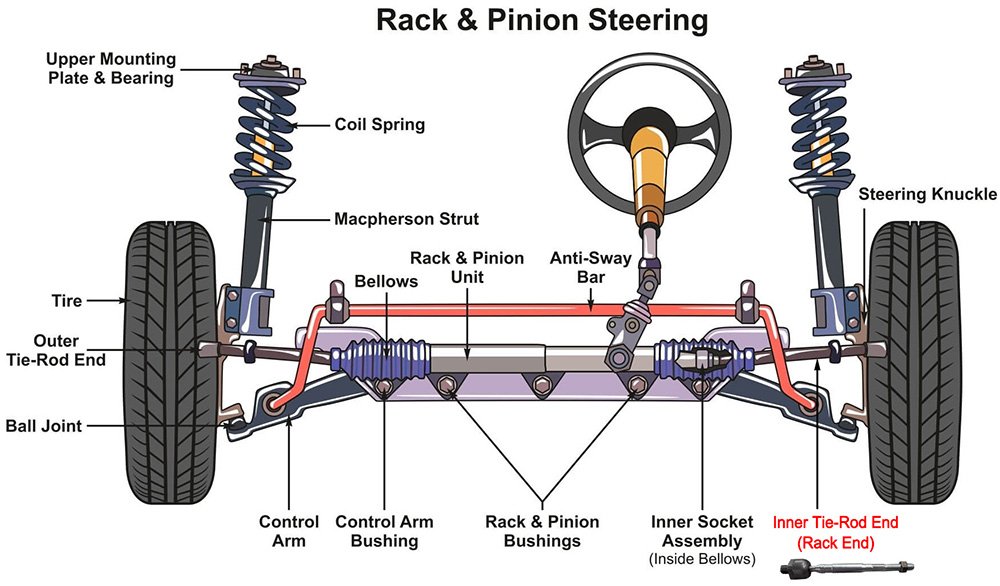
A rack end is positioned at the outer end of the steering rack in a vehicle. It serves as a crucial link connecting the steering rack to the steering knuckles, which are located near the wheels. Essentially, the rack end can be visualized as the component that bridges the gap between the steering mechanism and the wheels, facilitating the conversion of steering wheel movements into the necessary linear motion for turning the wheels.
What Are the Functions of the Rack End?

A rack end serves several important functions in a vehicle’s steering system:
- Steering Linkage and Transmission of Input: The rack end serves as a vital component in the steering linkage. Its primary function is to establish a connection between the steering rack and the steering knuckles, which are positioned near the wheels. This linkage is essential for transmitting the steering input provided by the driver through the steering wheel to the wheels of the vehicle.
- Conversion of Rotational to Linear Motion: As the driver turns the steering wheel, initiating a rotational motion, the rack end plays a crucial role in converting this rotational force into linear motion. This conversion is necessary for the wheels to respond by turning in the desired direction.
- Wheel Alignment Maintenance: Rack ends contribute significantly to maintaining proper wheel alignment. Wheel alignment refers to the correct positioning of the wheels relative to each other and the vehicle. Proper alignment ensures even tire wear, optimal handling, and stability. Rack ends play a key role in achieving and preserving this alignment.
- Steering Control and Responsiveness: The rack end is instrumental in providing steering control and responsiveness. It aids in stabilizing the movement of the wheels, allowing the driver to have precise control over the direction of the vehicle. This is crucial for safe and effective maneuvering.
- Integration with Tie Rod Assembly: Rack ends are often an integral part of the tie rod assembly. The tie rod assembly includes various components such as the inner and outer tie rods, steering rack, and the rack end. This assembly collectively ensures the integrity and functionality of the steering system.
How many miles does a rack end last?

The lifespan of rack ends can vary based on several factors, including driving conditions, vehicle usage, and maintenance. On average, rack ends can last anywhere from 50,000 to 100,000 miles. However, it’s important to note that this is a general estimate, and the actual lifespan may differ.
Several factors can affect the longevity of rack ends:
- Driving Conditions: If a vehicle is frequently driven on rough or uneven terrain, it can accelerate wear on the steering and suspension components, including rack ends.
- Maintenance: Regular maintenance, including wheel alignments and inspections of the steering system, can contribute to prolonged component life. Lack of maintenance may lead to premature wear and failure.
- Quality of Components: The quality of the rack end itself plays a significant role. Higher-quality materials and manufacturing processes often result in more durable components that last longer.
- Driving Habits: Aggressive driving, frequent sharp turns, or hitting potholes and curbs can put additional stress on the steering components, potentially reducing their lifespan.
- Environmental Conditions: such as severe weather and exposure to contaminants, may influence the durability of steering components. The use of protective boots and seals can assist in alleviating the impact of these factors.
What Are the Symptoms of A Bad Inner Tie Rod?

A bad inner tie rod can manifest through various symptoms, indicating potential issues in the vehicle’s steering and suspension system. Here are common symptoms of a bad inner tie rod:
Common Symptoms of a Failing Inner Tie Rod
- Steering Play or Looseness – Excessive free movement in the steering wheel before the wheels turn may indicate a worn inner tie rod.
- Uneven Tire Wear – Improper wheel alignment caused by a faulty rack end can lead to irregular tire tread wear, especially on the inner or outer edges.
- Vibrations or Shaking While Driving – A damaged inner tie rod may cause noticeable vibrations in the steering wheel, particularly during acceleration or at certain speeds.
- Clunking or Knocking Noise – Worn inner tie rods can produce knocking or clunking sounds when turning the steering wheel or driving over bumps.
Signs of Severe Wear or Damage
- Fluid Leakage – In power steering systems with a rack-and-pinion assembly, fluid leaking near the inner tie rod boots may indicate a damaged seal requiring replacement.
- Difficulty Steering or Turning – Increased resistance or stiffness in the steering wheel can signal a failing inner tie rod, making turning more difficult.
- Visible Wear or Damage – Tears or cracks in the protective boot of the inner tie rod expose it to contaminants, accelerating wear and leading to potential failure.
Reliable Rack End Manufacturer – GDST

GDST Rack End Manufacturer is a leading and reputable factory specializing in the design, production, and distribution of high-quality rack ends for various automotive applications, like Japanese, Korean, European, and American vehicles, and includes heavy, light and medium-duty & heavy trucks.
Engineered with precision and designed for longevity, GDST rack ends are constructed using high-quality materials that provide resistance against wear, corrosion, and impact. This robust construction ensures extended durability and consistent performance over the lifespan of the vehicle. The advanced design also minimizes friction, promoting smooth articulation and contributing to effortless steering responsiveness.
One of the notable features of the GDST rack ends is their compatibility with a wide range of vehicle models. Whether it’s a compact car, a luxurious sedan, or a rugged SUV, GDST offers options that cater to diverse vehicle types, ensuring proper fitment and optimal functioning.
Safety remains a top priority in steering components, and GDST rack ends meet stringent safety standards through thorough testing and quality control processes. By maintaining the structural integrity of the steering linkage, the GDST rack ends play a crucial role in ensuring safe driving conditions for both the driver and passengers.
If you are looking for rack end suppliers everywhere, please look at GDST – your reliable rack end manufacturer!



